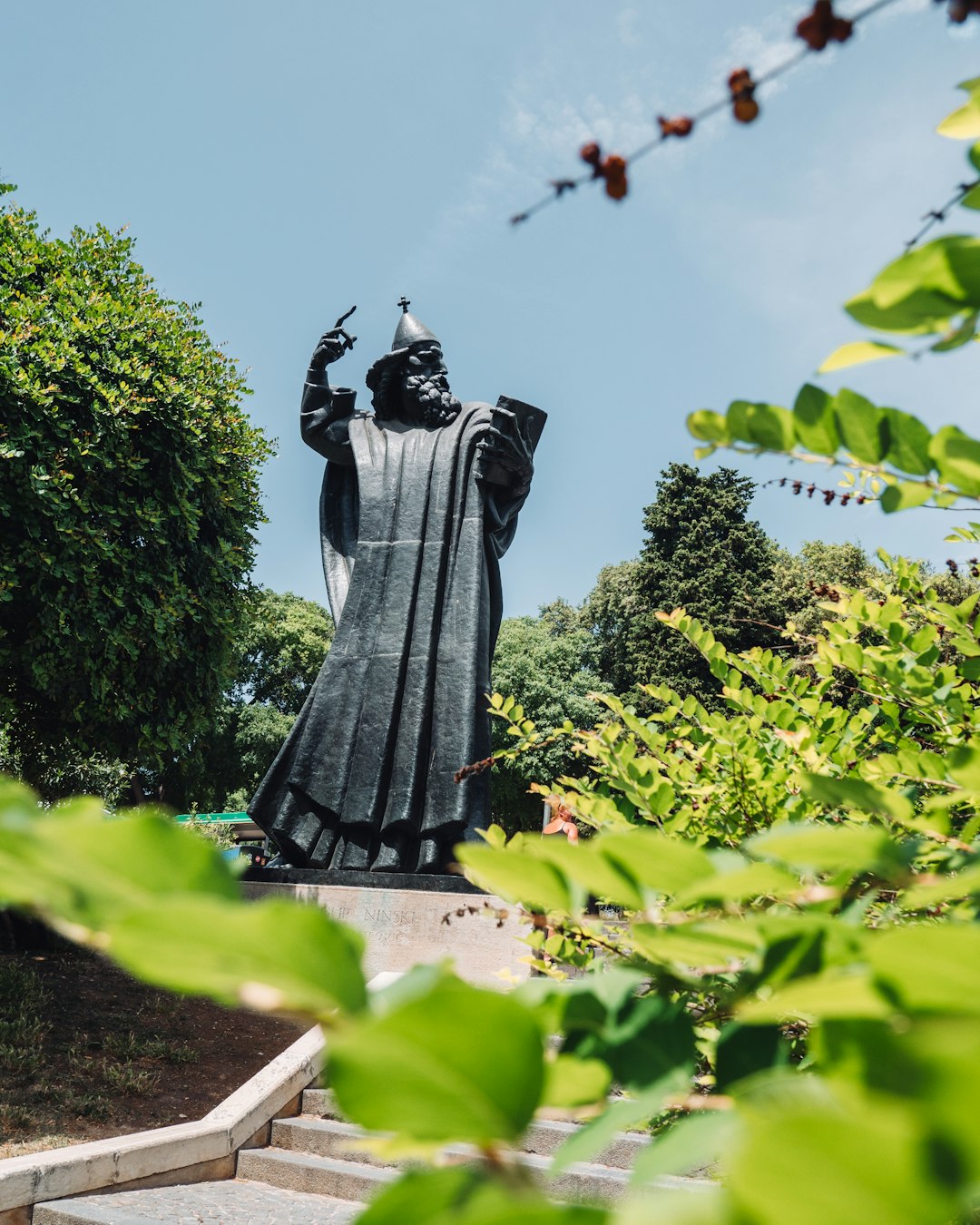
Monuments with Unique Stories: A Journey Through History
# Introduction. Monuments serve as powerful reminders of our history, culture, and the stories that shape our world. Each structure, from towering ancient ruins to modern masterpieces, encapsulates the values, triumphs, and sometimes the tragedies of the societies that created them. In this post, we will explore several monuments renowned not just for their architectural beauty but also for the unique stories they tell about humanity's past. # 1. The Pyramids of Giza: Guardians of Ancient Egypt. The Great Pyramids of Giza are arguably the world's most famous monuments, standing as testament to the engineering prowess of ancient civilizations. Built over 4,500 years ago, these monumental tombs for pharaohs—including the illustrious Khufu—carry stories of power and belief. They served as portals to the afterlife, embodying the Egyptian belief in immortality. The intricate system of chambers, the precise alignment with the stars, and the labor force of thousands tell a saga of societal structure, religious devotion, and advanced mathematics that continue to intrigue historians and tourists alike. # 2. Machu Picchu: The Incan Citadel Lost in Time. Hidden in the Peruvian Andes, Machu Picchu offers an enigmatic glimpse into the Incan Empire. This 15th-century citadel is often referred to as the “Lost City of the Incas,” as it remained unknown to the outside world until American explorer Hiram Bingham brought it to international attention in 1911. The agricultural terraces, religious temple, and the layout of the city highlight the Incas’ advanced understanding of architecture and environmental sustainability. Each stone whispered stories of the Incas' reverence for nature and intricacies of daily life, making it a UNESCO World Heritage site and one of the New Seven Wonders of the World. # 3. The Colosseum: Rome's Enduring Symbol of Glory and Pain. The Colosseum stands as a magnificent relic of Italy's grandeur, an amphitheater that could hold up to 80,000 spectators. Built in AD 70-80 under the emperor Vespasian, it is a monument to the power of ancient Rome and a site of both entertainment and execution. The games held here were spectacles filled with gladiators and wild animals, symbolizing the dual nature of society—its glorification of bravery and the darker side of human entertainment. Today, the Colosseum memorializes the lives lost within its walls, prompting visitors to contemplate the profound and turbulent history of Rome. # 4. The Stonehenge: A Prehistoric Enigma. Stonehenge, located in Wiltshire, England, is one of the most famous prehistoric monuments in the world, dating back to 3000 BC. Its massive stones, some weighing over 25 tons, are a marvel of ancient engineering and continue to puzzle historians regarding their purpose. Was it a burial site, a religious temple, or perhaps an astronomical observatory? Archaeological evidence suggests that it holds deep spiritual significance for the ancient peoples of Britain. Today, Solstice celebrations at this layout symbolize a continued respect for its ancient origins, bridging the gap between past and present. # 5. The Statue of Liberty: A Beacon of Hope and Freedom. Gifted to the United States by France in 1886, the Statue of Liberty stands in New York Harbor as a symbol of freedom and democracy. Its very creation stems from the ideals of liberty and fraternity, highlighting the friendship between the two nations. The statue's arm raises a torch, illuminating the path to freedom for millions of immigrants who arrived by sea. The broken chains at her feet embrace the end of oppression, creating a powerful narrative of American ideals that resonates even today, making it one of the most recognizable monuments in the world. # 6. The Taj Mahal: An Eternal Symbol of Love. The Taj Mahal, situated in Agra, India, is renowned for its breathtaking beauty, but it is the story behind this stunning piece of architecture that captures the hearts of many. Built by the Mughal Emperor Shah Jahan in memory of his beloved wife Mumtaz Mahal, this mausoleum represents an epitome of love and loss. The intricate marble inlay work and the gardens embody the harmony between art and nature, creating a serene atmosphere that invites reflection. Visitors pay homage not just to its grandeur, but to the poignant love story that inspired its creation. # Conclusion. Monuments are not simply structures of stone and concrete; they are repositories of history, culture, and emotion. Each monument featured in this article tells a unique story, reflecting the diverse tapestry of human experience. From tales of love and loss to powerful symbols of freedom and sacrifice, these sites challenge us to understand our past and reflect on our values. A visit to any of these landmarks offers more than just spectacular views; it opens a dialogue about humanity’s progress and the stories that shape our world today. .







